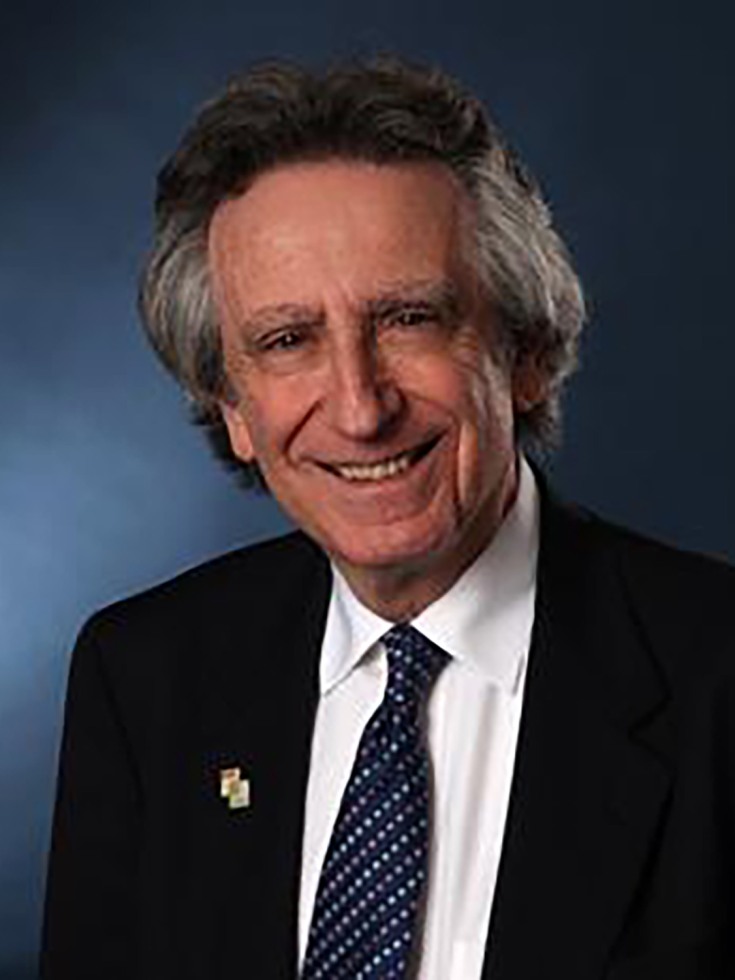[Editor's Note: A small number of Dr. Adashi's quotes were lightly edited after initial publication to make clear that he was speaking as an individual physician and scholar who chaired a National Academy of Medicine committee — not as a spokesperson for the academy.]
PROVIDENCE, R.I. [Brown University] — It’s only a matter of time before technology will allow scientists to take cells from a person’s mouth or skin and, using a process called in vitro gametogenesis, turn those cells into human eggs or sperm. Which means, says Dr. Eli Y. Adashi, a professor of medical science at Brown’s Warren Alpert Medical School, that those eggs and sperm can then be fertilized to create an embryo — all in a lab.
In fact, it’s only a matter of time before scientists will be able to use a person’s cheek cell to custom-create any kind of cell, said the former medical school dean at Brown.
“Using induced pluripotent stem cells, you could make a neural cell that would perhaps help a paralyzed person walk, or a cell that you could implant in the brain of a patient with Parkinson’s disease and, in theory, cure Parkinson’s disease,” Adashi said. “It's essentially a replacement technology that allows you to make new spare parts when the original parts are not working.”
The possibilities are endless — and so, too, are the ramifications. This, Adashi said, is what motivated the National Academies of Sciences, Engineering and Medicine to host a multi-day workshop discussing scientific, ethical and regulatory implications of in vitro-derived human reproductive cells.
“The National Academy of Medicine recognizes the potential and implications of IVG, and concluded that this was a topic worthy of attention at this time, while realizing full well that it's not yet at the stage of application,” said Adashi, a member of academy who chaired the committee that led the three-day program last April.
The resulting report, which is more than 140 pages long, was recently released. Adashi shared insights from the workshop and thoughts about the potential of using this advanced technology to create human sperm and eggs.
Q. What is the state of the science for in vitro gametogenesis — or IVG?
The work on IVG dates back to about 2009. In 2013, I had an opportunity to be in Japan, and I booked a flight to Kyoto to meet the two scientists who were really making this happen, Katsuhiko Hayashi and Mitinori Saitou. They had been able to take skin cells from a mouse’s tail, reprogram them into what we call induced pluripotent stem cells (or iPSCs), and then turn those stem cells into egg cells. I made a point of meeting with them and I spent an hour or two with them in their laboratory and got a personal primer, if you will.
These Japanese investigators, and now some other investigators around the world, have since been able to take these iPSCs that can become anything and make an egg or sperm in the rodent. They then use those egg and sperm cells to fertilize the appropriate opposite gamete to give rise to an embryo that is then implanted in foster mothers, who then give birth to pups. Some of those pups were also able to reproduce.
IVG has so far only been accomplished in rodents. We're nowhere near human application. It will be probably a good few years, if not a decade or two, before we get there. As we speak today, it's not even a theoretical possibility in the sense that there is no paper in the literature that has documented IVG in the human from A to Z. And even if we get there, we will still need to have this technology approved in the United States by the Food and Drug Administration before it could ever be applied in the clinic.
Q: How would IVG impact IVF as we know it today?
In the procedure of in vitro fertilization, or IVF, a woman requires hormonal treatments via injection to stimulate egg production. The injections are administered for several weeks, and then the woman is subjected to a minor but not-insignificant surgical procedure in the clinic to retrieve the eggs. The eggs are placed in a dish and fertilized. The resulting embryos are transferred into the womb in the hope that a pregnancy will ensue.
